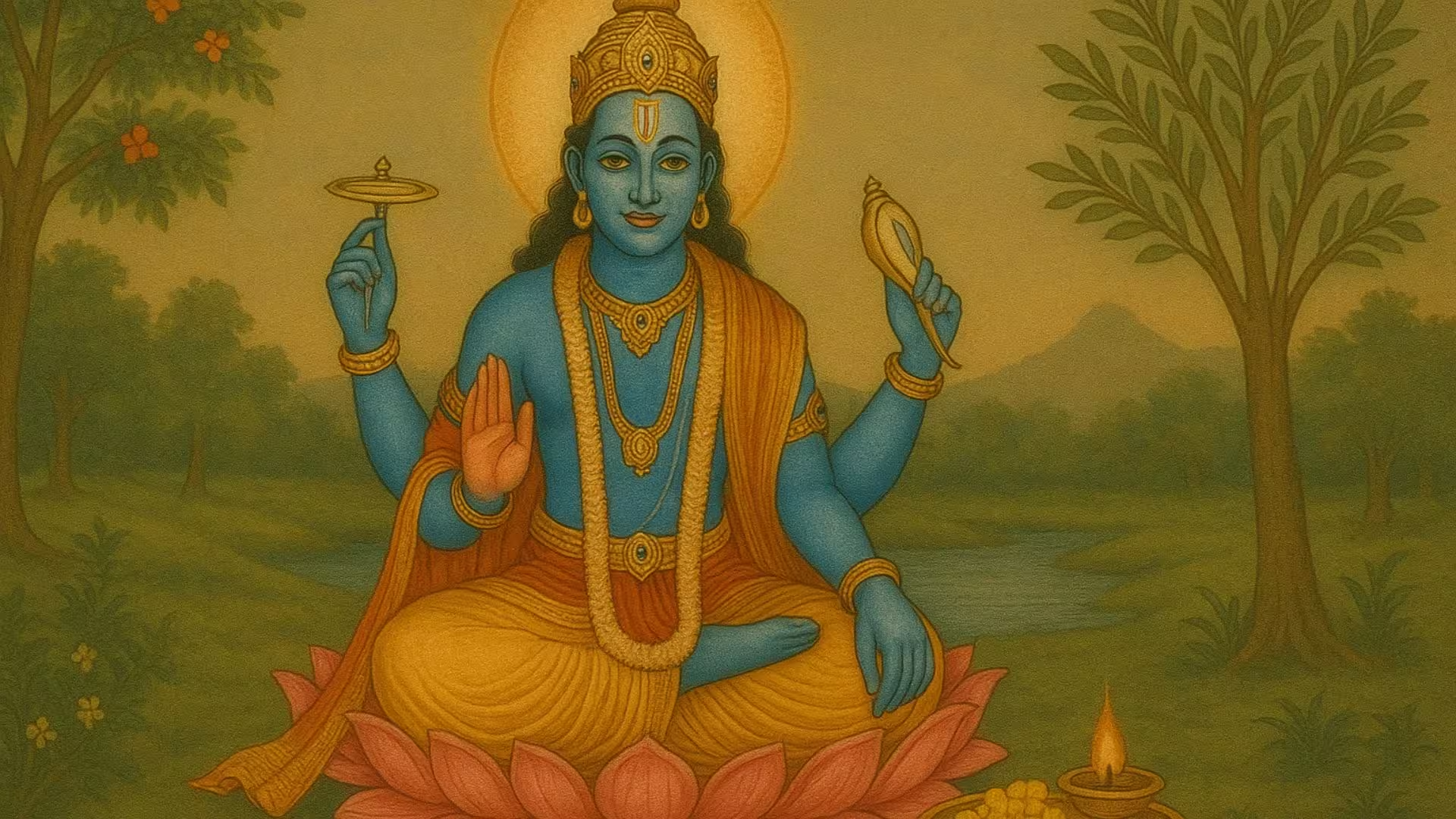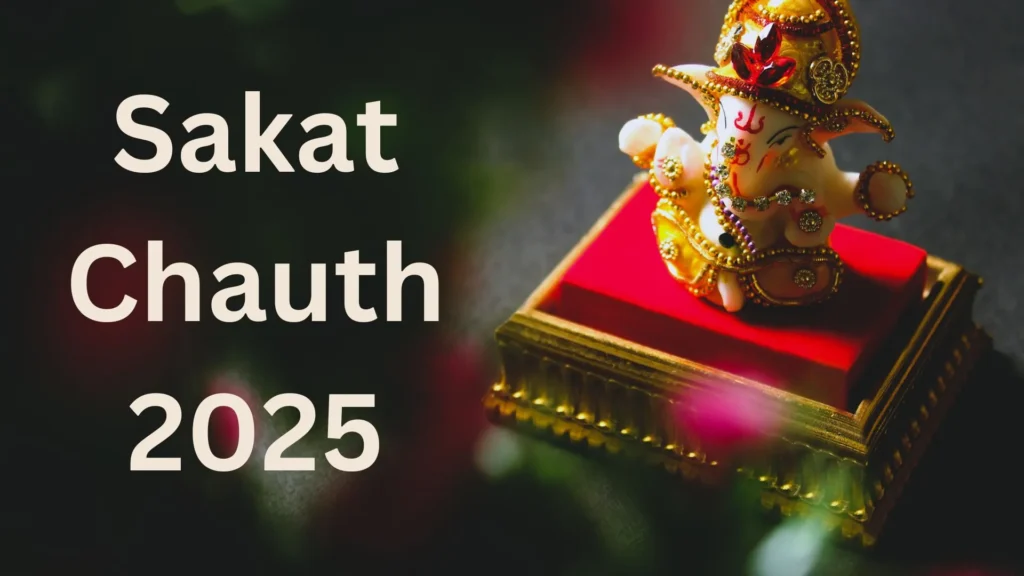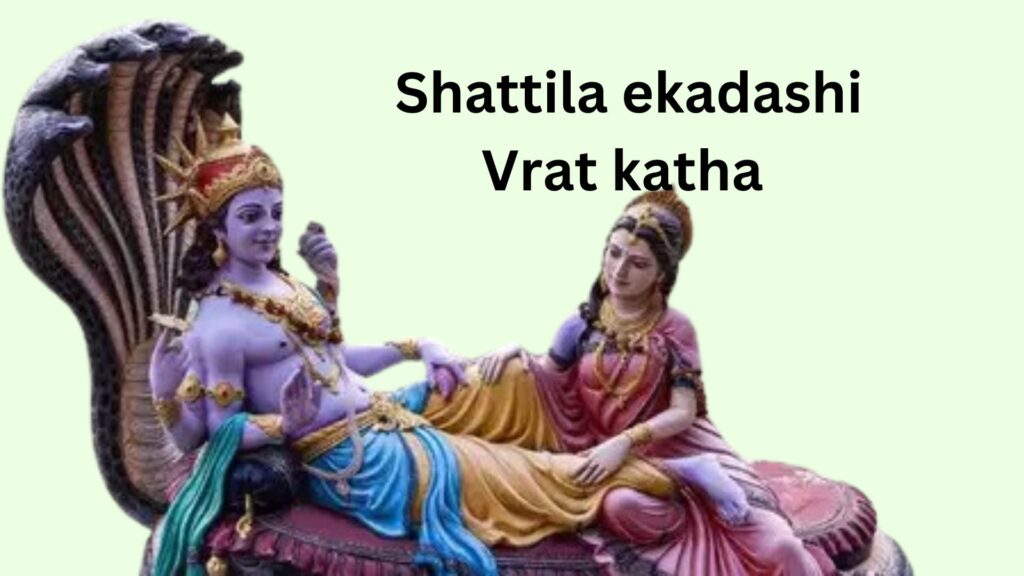
Table of Contents
Falling on the Shukla Paksha of Vaishakha month | Mohini Ekadashi vrat story
In the epic of Mahabharata, once Dharmaraja Yudhishthira humbly asked Lord Krishna—
“O Natwar Nagar (Enchanting Lord)! Kindly explain to me in detail the story and significance of the Ekadashi that falls in the bright fortnight of Vaishakha month.”
To this, Lord Krishna replied—
“O son of Kunti! This story was once narrated to me by none other than Sage Vashishtha when Lord Rama, deeply grieved after Sita’s exile, sought solace and a way to cleanse his heart from sorrow, sins, and suffering. Rama had asked— ‘Gurudev! Show me a sacred vow that can offer inner peace and destroy all anguish and sin.’”
Sage Vashishtha answered—
“O Ram! You are sinless—just uttering your name relieves beings of their pain and illness. Yet for the benefit of the world, I shall tell you of a powerful vow—Mohini Ekadashi, observed in the bright half of Vaishakha. Observing this fast destroys sins and breaks the illusion (moh) that binds the soul. Anyone suffering from grief must perform this vrat without fail.”
The Divine Story Begins…
On the banks of the sacred river Saraswati stood a prosperous city named Bhadravati, ruled by a noble lunar dynasty king named Dhritiman. Among his citizens was a virtuous and wealthy Vaishya named Dhanapala, an ardent devotee of Lord Vishnu. He built food shelters, free water stations, temples, ponds, and dharamshalas for the welfare of all. Trees like mango, jamun, and neem lined the roads of the city.
Dhanapala had five sons—Sumana, Sattvabuddhi, Medhavi, Sukriti, and the youngest, Dhṛṣṭabuddhi.
While the four elder sons were righteous, Dhṛṣṭabuddhi was sinful, immoral, and a gambler. He kept the company of prostitutes and wicked men, indulged in debauchery, consumed meat and liquor, and squandered his father’s wealth in sinful pleasures. Disheartened, his father, family, and relatives expelled him from the home.
Soon after, his wealth vanished, and the immoral friends and women deserted him too. Hungry and desperate, he turned to theft. Once caught, the guards released him out of pity, knowing him as the son of a noble Vaishya. But on his second offense, he was imprisoned and exiled from the kingdom.
Now living in the forest, he began hunting wild animals for survival. One day, while chasing prey, he unknowingly entered the hermitage of Sage Kaundinya. It was the month of Vaishakha. The sage had just returned from a holy Ganga bath. As droplets from the sage’s wet clothes fell on Dhṛṣṭabuddhi, a spark of purity awakened in his heart.
With folded hands and tears, he pleaded—
“O great sage! I have committed countless sins. Please show me a simple, yet powerful way to be free of them.”
The sage compassionately replied—
“O child! Observe the vrat of Mohini Ekadashi that falls in the bright fortnight of Vaishakha. This sacred fast has the power to cleanse even the gravest sins.”
With utmost devotion, Dhṛṣṭabuddhi performed the vrat as instructed. The power of Mohini Ekadashi absolved him of all sins. In the end, he attained salvation and ascended to Vishnuloka riding on Garuda, the divine vehicle of Lord Vishnu.
The Spiritual Significance of Mohini Ekadashi:
“Mohini Ekadashi destroys worldly illusion (moh) and grants liberation. The merit earned by hearing or reciting this vrat katha equals the charity of a thousand cows.”


